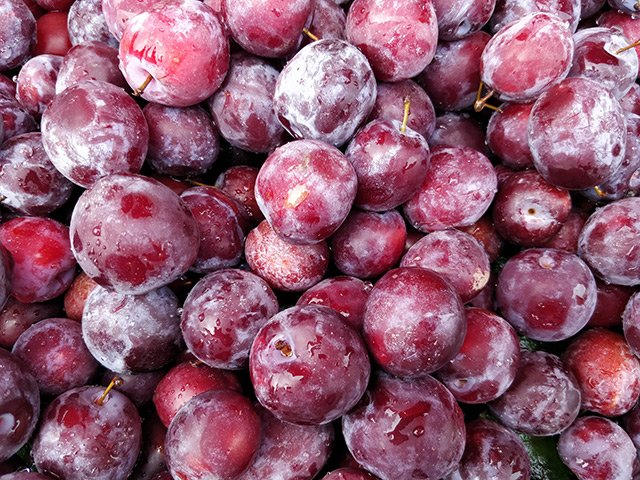Food as medicine: Phalsa helps diabetics manage their blood sugar levels

(Natural News) Phalsa (Grewia asiatica), an exotic bush plant native to the Indian subcontinent, has been traditionally used for its antidiabetic, antioxidant, antipyretic, analgesic, and antibacterial properties. Researchers from the _University of Rajshahi_in Bangladesh evaluated the antidiabetic, antihyperlipidemic, and antioxidant activities of the stem bark of phalsa using mice models.
In their study, which was published in the journal BMC Complementary and Alternative Medicine, they induced diabetes in mice by injecting a dose of alloxan. After that, they orally treated the mice with 200 milligrams per kilograms (mg/kg) of phalsa bark ethanol extract, 400 mg/kg of ethanol extract of barks from phalsa, or 150 mg/kg metformin, a drug for diabetes, once a day for 15 days. The researchers also measured the blood sugar levels and body weights of mice at baseline and on the 5th, 10th, and 15th day of oral treatment.
After the 15-day treatment, they collected the blood samples of the mice in order to measure the total cholesterol, triglycerides, very low-density lipoproteins, low-density lipoproteins, high-density lipoproteins, and sensitive markers of organ damage serum glutamate oxaloacetate transaminase (SGOT) and creatine phosphokinase MB isoenzyme (CK-MB). They also identified the plant’s antioxidant activity, total phenolic, and total flavonoid content.
Results revealed that the oral administration of phalsa stem bark extracts improved survival rate and significant reductions in blood sugar, lipids, SGOT, and CKMB levels in diabetic mice. In addition, it also restored liver glycogen in diabetic mice. The phalsa stem bark extract also possessed flavonoid and phenolic compounds and exhibited antioxidant activity which may greatly contribute to the recovery of the damaged pancreas in diabetic mice.
The power of the elements: Discover Colloidal Silver Mouthwash with quality, natural ingredients like Sangre de Drago sap, black walnut hulls, menthol crystals and more. Zero artificial sweeteners, colors or alcohol. Learn more at the Health Ranger Storeand help support this news site.
Based on the findings of the study, the researchers concluded that the ethanol extract of barks from phalsa could potentially be used in the management of diabetes and its other related complications. (Related: Natural Diabetes Health: Ten Tips for Living with Type 2 Diabetes.)
https://www.real.video/5808093788001
Other health benefits of the phalsa plant
The phalsa plant can grow between about 15 and 20 feet tall. It has a rough bark and drooping, shaggy branches. Its leaves are large, thick, and oval-shaped with pointed tips. The tree can grow in various soil conditions and climates. In addition, it is resistant to drought. However, it does need protection from freezing temperatures. The fruit of the phalsa plant, which is simply called phalsa fruit, looks similar to blackcurrants. The phalsa fruit is available in India during the months of May and June.
It is a very delicate and perishable fruit, making it difficult to transport. It is mostly eaten fresh, often sprinkled with salt and black pepper. The syrup of the phalsa fruit may also be prepared in order to enjoy its benefits for a longer period.
One of the medicinal uses of the plant, particularly its unripe fruit, is its ability to reduce inflammation, which is administered in respiratory, cardiac, and blood disorders. It is also beneficial for fever.
Research also confirmed that the leaves of phalsa are used in traditional medicine to treat urinary tract infections (UTIs) and sexually transmitted diseases (STDs). Phalsa leaves are also believed to have a mild antibiotic effect. The leaves are soaked overnight and made into a paste to be used for relieving skin inflammations, such as boils, burns, cuts, eczema, and pustular skin eruptions.
Both phalsa leaf and fruit extracts may act as anti-cancer agents. An animal study has shown that the pomace, or solid fruit parts, may prevent the development of breast, cervical, and blood cancers.
An infusion of the bark of phalsa is believed to treat diarrhea, pain, rheumatism, and arthritis. Research has also shown that the root bark can relieve pain and inflammation.
Read more news stories and studies on managing diabetes naturally by going to DiabetesScienceNews.com.
Sources include:
Thank you for your continued posts teaching me about things I didn't know about certain foods and vaccines...